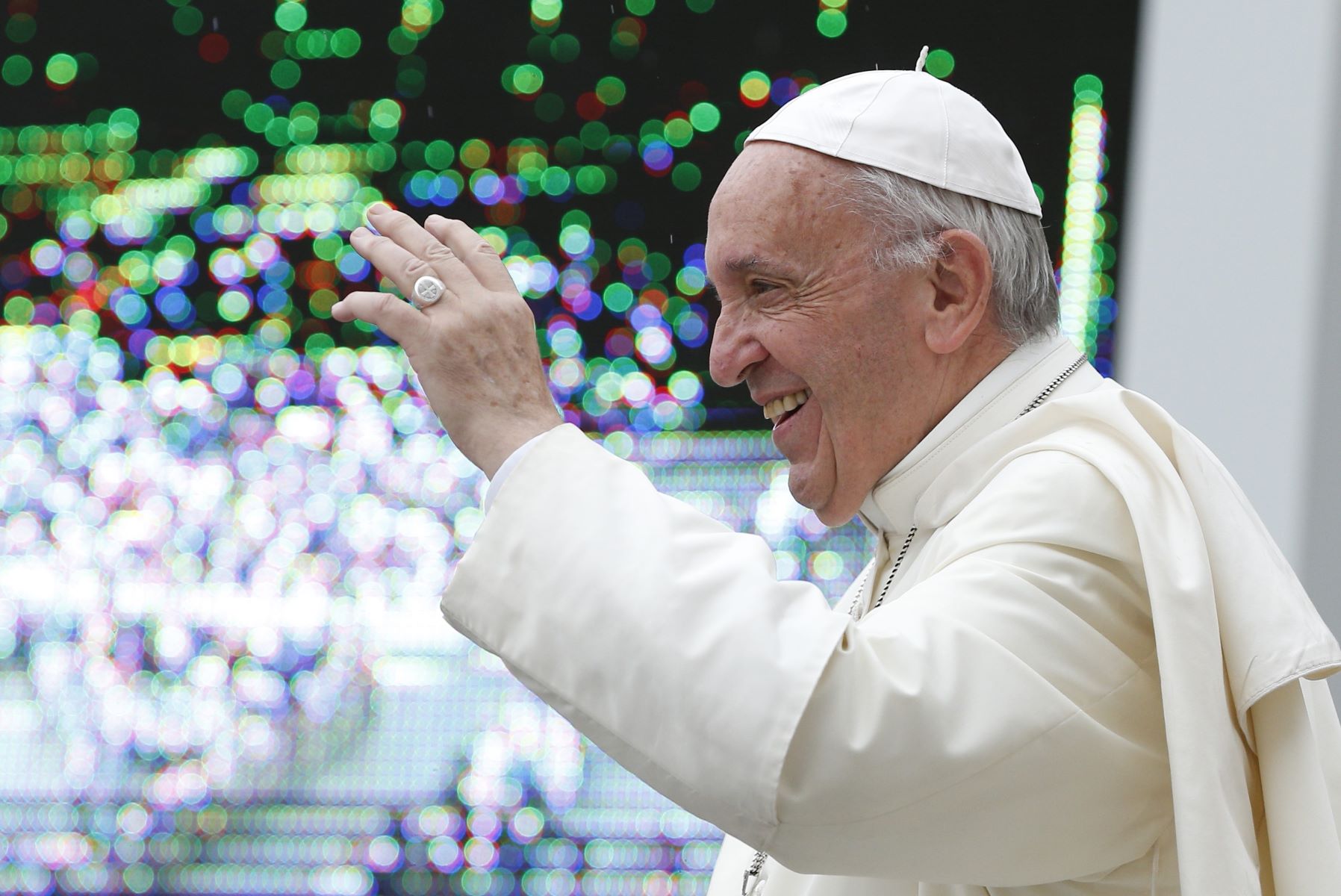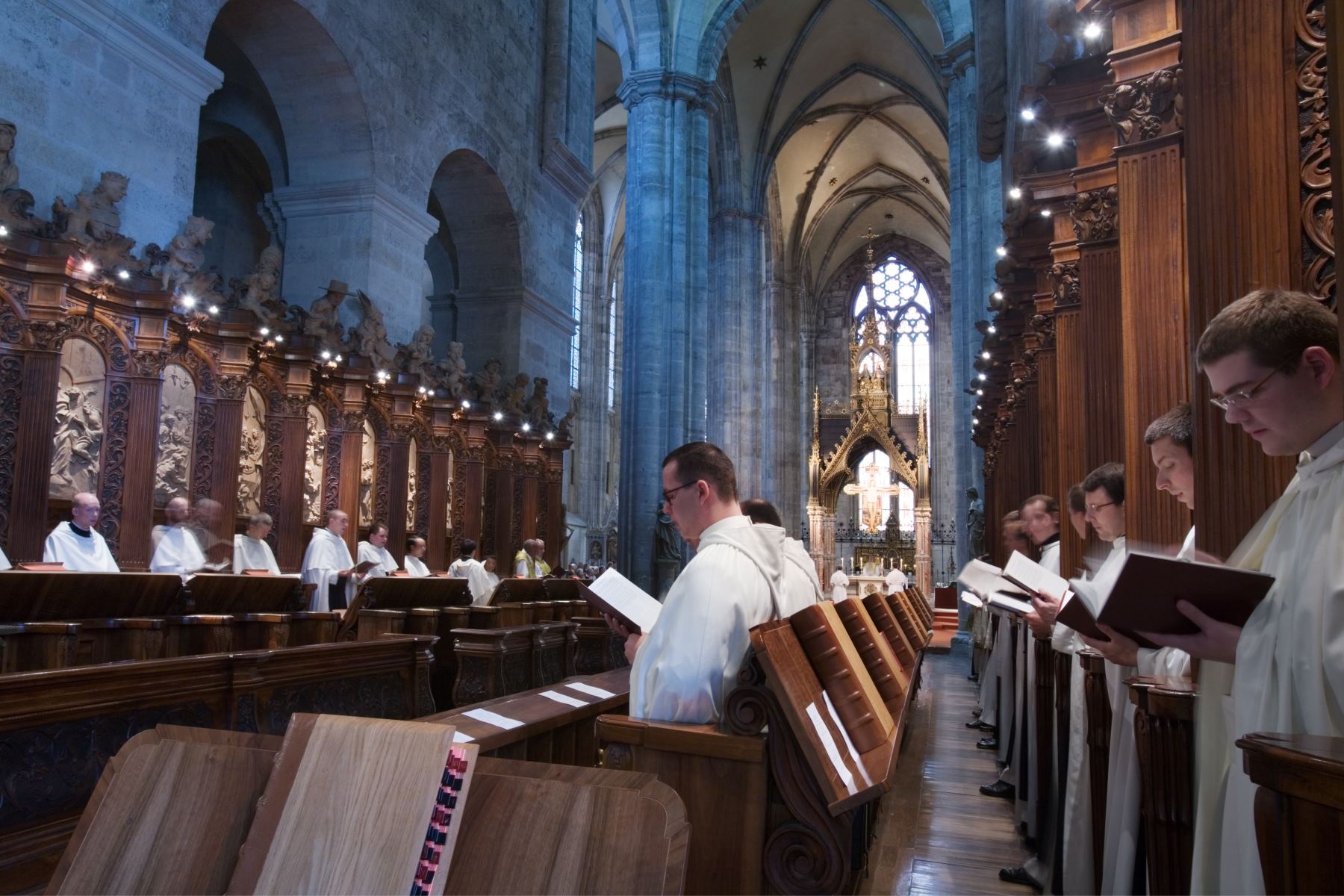
What is a Motu Proprio? A Motu Proprio is a type of document issued by the Pope on his own initiative and personally signed by him. This unique form of papal decree allows the Pope to address specific issues within the Church without needing consultation or approval from other authorities. Often used to make administrative changes, establish new norms, or clarify existing laws, a Motu Proprio reflects the Pope's direct and personal intervention. These documents can cover a wide range of topics, from liturgical practices to organizational structures within the Vatican. Understanding Motu Proprio helps grasp the Pope's role in shaping Church policies and practices.
What is a Motu Proprio?
A Motu Proprio is a type of document issued by the Pope on his own initiative and personally signed by him. These documents are used to address specific issues within the Catholic Church.
- The term "Motu Proprio" is Latin for "on his own initiative."
- Popes use Motu Proprio to make administrative decisions without needing approval from other church authorities.
- The first Motu Proprio was issued by Pope Innocent VIII in 1484.
- These documents can address a wide range of topics, from liturgical practices to church governance.
- Motu Proprio documents are considered legally binding within the Catholic Church.
Historical Significance of Motu Proprio
Motu Proprio documents have played a significant role in shaping the Catholic Church's policies and practices over the centuries.
- Pope Pius X used a Motu Proprio in 1903 to reform church music, promoting Gregorian chant.
- In 1917, Pope Benedict XV issued a Motu Proprio to establish the Code of Canon Law.
- Pope Paul VI used a Motu Proprio in 1966 to implement changes from the Second Vatican Council.
- Pope John Paul II issued a Motu Proprio in 1988 to allow wider use of the Latin Mass.
- Pope Francis has used Motu Proprio to address issues like clerical sexual abuse and financial transparency.
Modern Uses of Motu Proprio
In recent years, Popes have continued to use Motu Proprio to address contemporary issues facing the Catholic Church.
- Pope Benedict XVI issued a Motu Proprio in 2007 to allow greater use of the Tridentine Mass.
- In 2013, Pope Francis issued a Motu Proprio to reform the Vatican's financial system.
- Pope Francis used a Motu Proprio in 2016 to streamline the process for annulments.
- In 2019, Pope Francis issued a Motu Proprio to combat sexual abuse within the church.
- Pope Francis has also used Motu Proprio to address environmental issues, emphasizing the church's commitment to caring for creation.
Impact on Church Governance
Motu Proprio documents have a direct impact on how the Catholic Church is governed and how its policies are implemented.
- Motu Proprio can create new church laws or modify existing ones.
- These documents can establish new church offices or reorganize existing ones.
- Motu Proprio can also be used to appoint or remove church officials.
- The Pope's use of Motu Proprio reflects his authority to make decisions for the global church.
- Motu Proprio documents are often used to address urgent or sensitive issues that require immediate action.
Final Thoughts on Motu Proprio
Motu Proprio documents, issued directly by the Pope, hold significant weight in the Catholic Church. These documents address various issues, from administrative changes to doctrinal clarifications. They reflect the Pope's personal initiative and authority, often leading to immediate implementation without needing further approval.
Understanding Motu Proprio helps grasp the inner workings of the Church and the Pope's role in guiding its direction. These documents can impact everything from liturgical practices to the governance of church institutions. By studying them, one gains insight into the priorities and concerns of the papacy at different times.
In essence, Motu Proprio serves as a direct line of communication from the Pope, shaping the Church's path and responding to contemporary challenges. They are a testament to the dynamic nature of the Catholic Church and its ability to adapt and evolve under papal guidance.
Was this page helpful?
Our commitment to delivering trustworthy and engaging content is at the heart of what we do. Each fact on our site is contributed by real users like you, bringing a wealth of diverse insights and information. To ensure the highest standards of accuracy and reliability, our dedicated editors meticulously review each submission. This process guarantees that the facts we share are not only fascinating but also credible. Trust in our commitment to quality and authenticity as you explore and learn with us.


